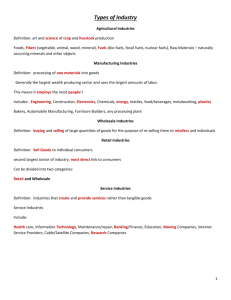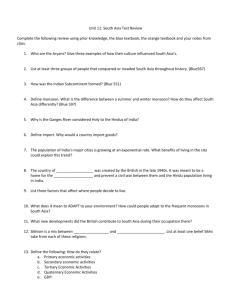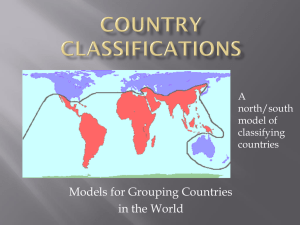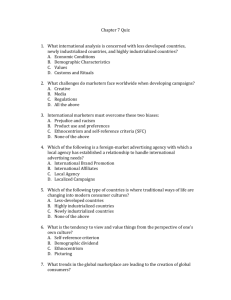Terre Haute Tribune-Star, Progress Monthly, February 2006 “America’s Chronic Crisis”
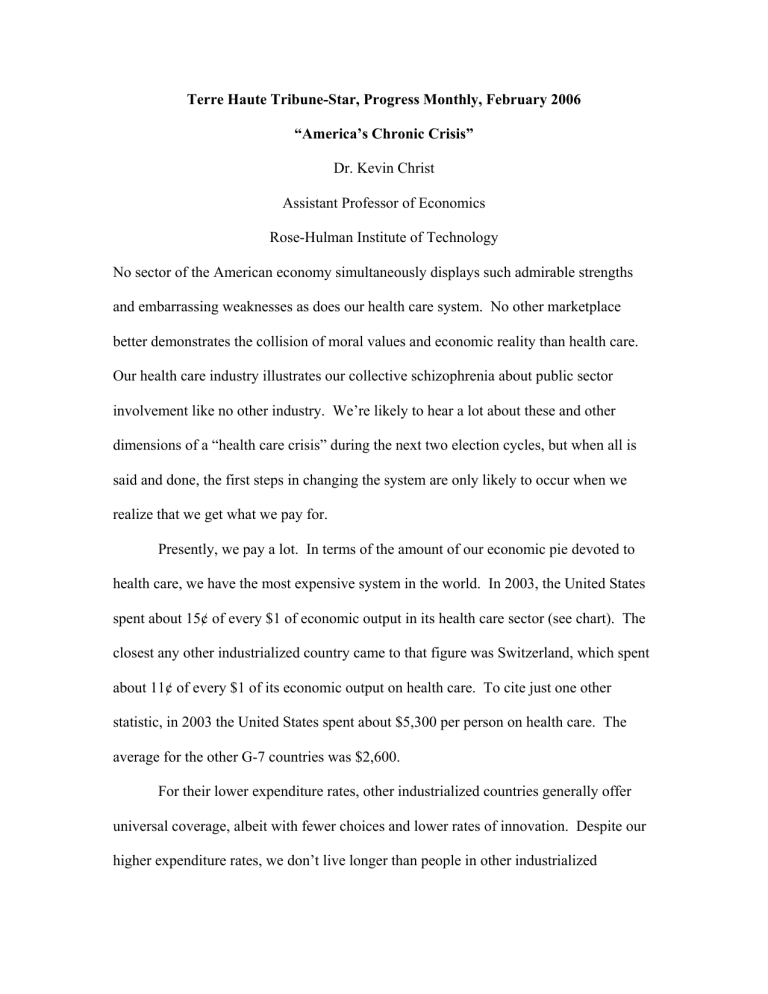
Terre Haute Tribune-Star, Progress Monthly, February 2006
“America’s Chronic Crisis”
Dr. Kevin Christ
Assistant Professor of Economics
Rose-Hulman Institute of Technology
No sector of the American economy simultaneously displays such admirable strengths and embarrassing weaknesses as does our health care system. No other marketplace better demonstrates the collision of moral values and economic reality than health care.
Our health care industry illustrates our collective schizophrenia about public sector involvement like no other industry. We’re likely to hear a lot about these and other dimensions of a “health care crisis” during the next two election cycles, but when all is said and done, the first steps in changing the system are only likely to occur when we realize that we get what we pay for.
Presently, we pay a lot. In terms of the amount of our economic pie devoted to health care, we have the most expensive system in the world. In 2003, the United States spent about 15¢ of every $1 of economic output in its health care sector (see chart). The closest any other industrialized country came to that figure was Switzerland, which spent about 11¢ of every $1 of its economic output on health care. To cite just one other statistic, in 2003 the United States spent about $5,300 per person on health care. The average for the other G-7 countries was $2,600.
For their lower expenditure rates, other industrialized countries generally offer universal coverage, albeit with fewer choices and lower rates of innovation. Despite our higher expenditure rates, we don’t live longer than people in other industrialized
countries and our infant mortality rates are actually higher. Instead of generating better average healthcare outcomes for the entire population, our health care system offers superior health care services to a subset of our population, and leads the world in the development of new medical technologies. While achieving these outcomes, we expose a significant portion of our population to demonstrably worse health outcomes. Therein lays the uneasy juxtaposition of admirable outcomes and embarrassing weaknesses.
Economists are always encouraging anyone who will listen (an ever-decreasing lot) to recognize the tradeoffs we make. In health care, we apparently are willing to accept low quality or no care at all for a sizeable portion of our population in exchange for high quality care for most of our population and the best medical innovation in the world. Therein lays the collision of moral values and economic reality.
Regarding our conflicted views about public sector involvement, our public sector, primarily though the Medicare and Medicaid programs, already spends about as much as other industrialized countries in terms of the percentage of overall economic output. For that public expenditure, we get coverage of the aged and the poor. For their public sector expenditures, other countries get coverage of their entire populations. The difference between our overall spending rate and that of other industrialized countries is that our private sector spends much more, primarily via employer-affiliated insurance plans. But employers are scaling back on the scope of health care coverage they offer by making benefits available to smaller subsets of their employees and by raising prices for employees through higher co-payments and deductibles.
As a result, more people end up making claims on the public health care system through Medicaid. Thus, responsibility for health care delivery gets shifted to the public
sector. The president’s suggestion that we address this issue through health savings accounts, in addition to ignoring the implications of our pitifully low savings rates, would actually shift more of the overall burden for health care to the public sector via tax subsidization. Thus, while Americans generally say they prefer market solutions, we have a system that, as The Economist magazine recently pointed out, is inevitably tending toward having the public sector bear a greater portion of the burden for delivery of health care. Therein lays our schizophrenia about public sector involvement.
Our health care system delivers different outcomes than other systems in the world, and does so at much higher cost. So far we’ve been willing to accept that. Notice that I said “different” outcomes, not better, not worse. We’ve been getting what we pay for, and we’ve been paying a lot. The question really is whether we want to do anything to change the system and its outcomes, or continue to accept the tradeoffs we’ve been making all along.
16.0
14.0
12.0
10.0
8.0
6.0
4.0
2.0
0.0
1970 1980 1990 2000 2003
United States
Rest of G-7 (Germany, France, Italy, United Kingdom, Canada, Japan)
